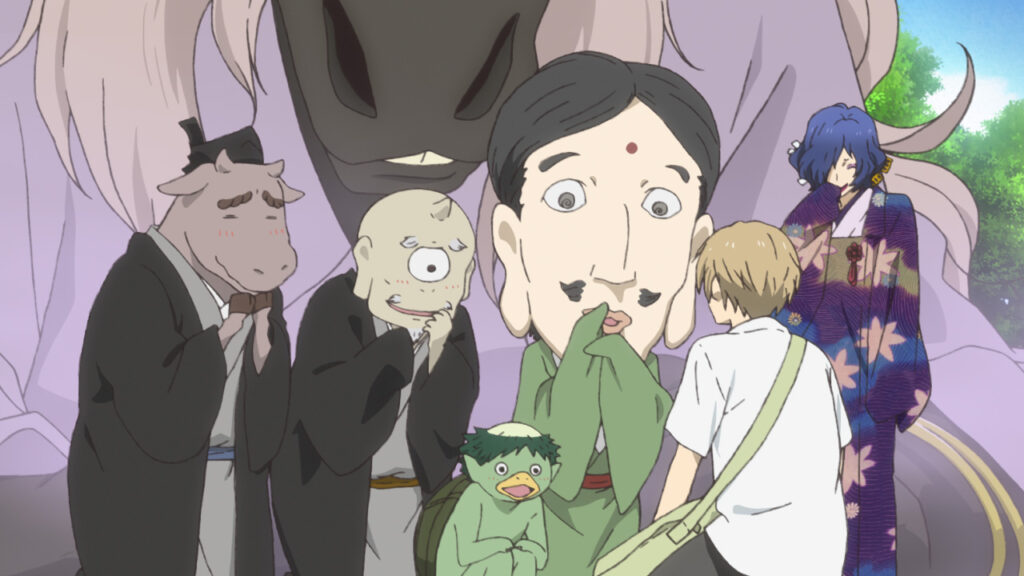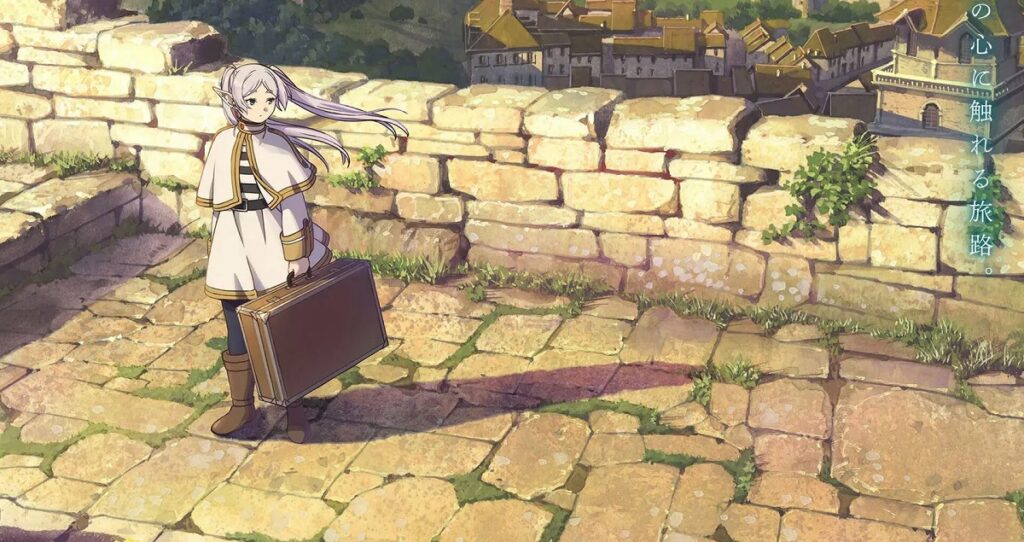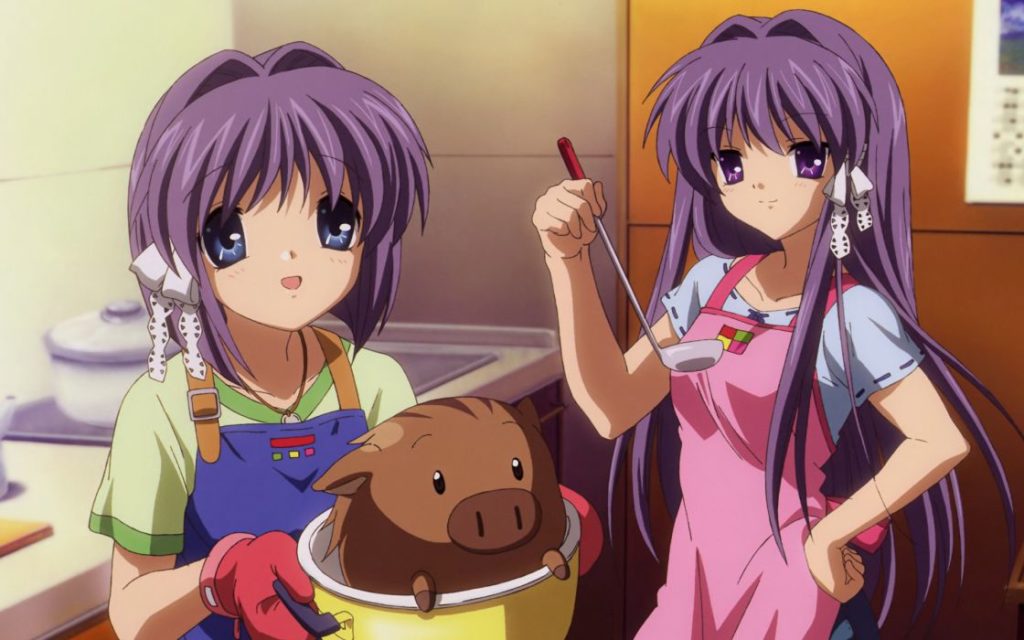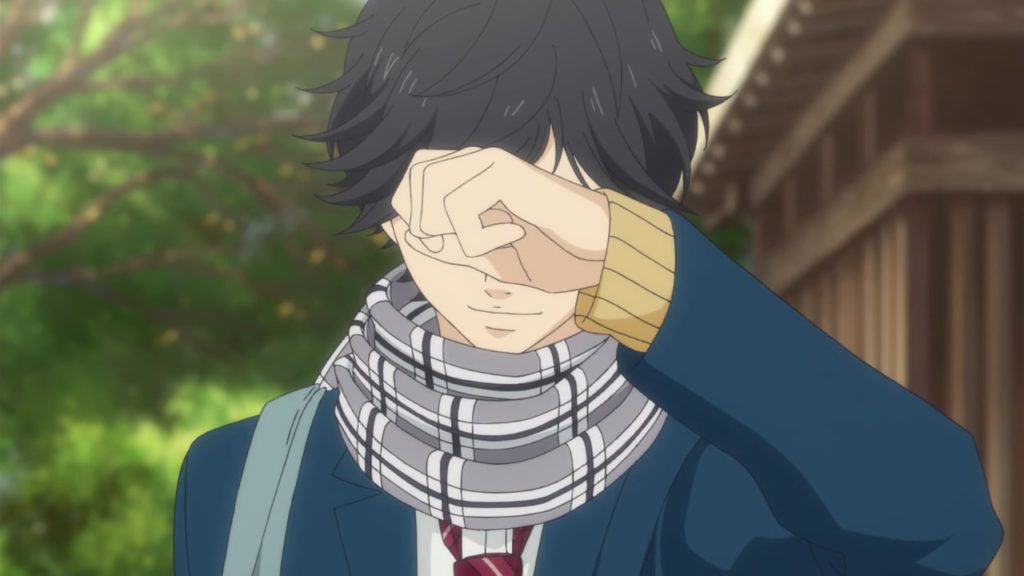If you watch enough anime – supernatural anime, in particular – you learn that there are seemingly many names for spirits and demons. All of them seem pretty interchangeable, but Japan has historically appreciated the small differences in things, enough so that they would define what seems so similar with unique words to label it.
While not specifically anime-related, looking into the subtle differences between some of these common creatures in Japanese folklore can help you better understand what it is that you like about certain supernatural anime series when compared to others.
As Japanese is a language of nuance and specific small differences, these definitions will aimed at – instead of being quite literal – highlighting the more broad clear differences between these very similar and sometimes interchangeably used creatures. To go into the literal differences and definitions would very much turn this into a Japanese language lesson, and no one wants that.
What’s The Difference Between Yokai, Mononoke, Ayakashi?
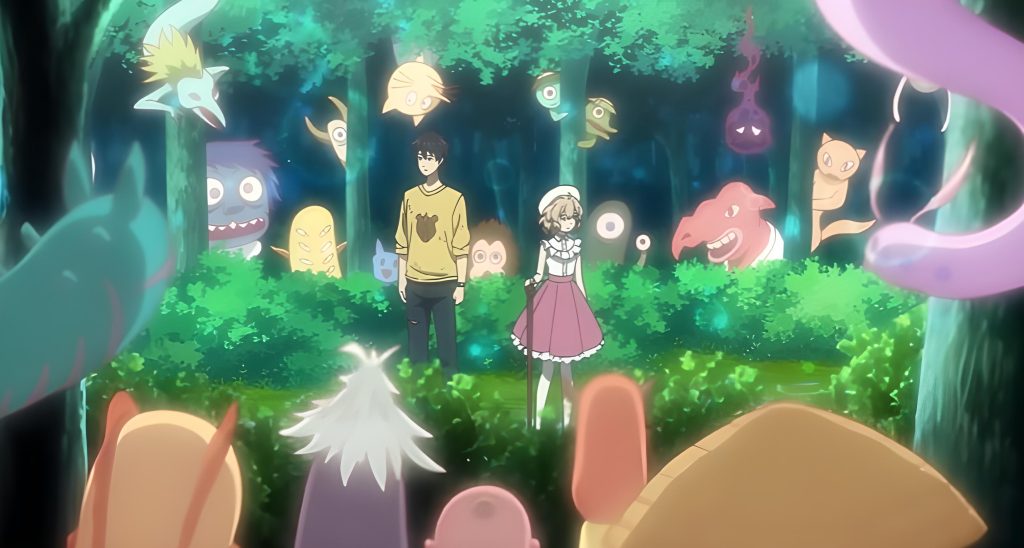
Yokai
While you will see them under many other names, “yokai” is the blanket term for supernatural beings that are typically blamed for various phenomenon.
Japan has a rich history of folklore, and as with any country’s more ancient folklore, yokai were likely born out of people trying to explain what was unexplainable at the time. Furthermore, the concept of yokai is also born from the Shinto belief that everything in nature has a deity that oversees it.
Lost your sake cup and can’t find it? A mischievous tanuki probably came and stole it, and it definitely wasn’t broken and hidden by your drinking buddy.
Tanuki, kitsune, kappa, tengu, oni, and indeed all of Japan’s most famous folklore creatures are yokai. They run the gamut of benign to helpful to mischievous to malevolent. However, as folklore is often region-specific, you may also find these beings called gods (kami) rather than just yokai.
It needs to be said that even mononoke, ayakashi, and everything else on this list would be considered “yokai” overall, but often they gain a separate name due to where they are found or how they were created.
Yokai in Anime:
- Nasume’s Book of Friends
- Gegege no Kintaro
- Yo-kai Watch (Like Pokemon, but yokai)
- Kamisama Kiss
- In/Spectre
- Elegant Yokai Apartment Life
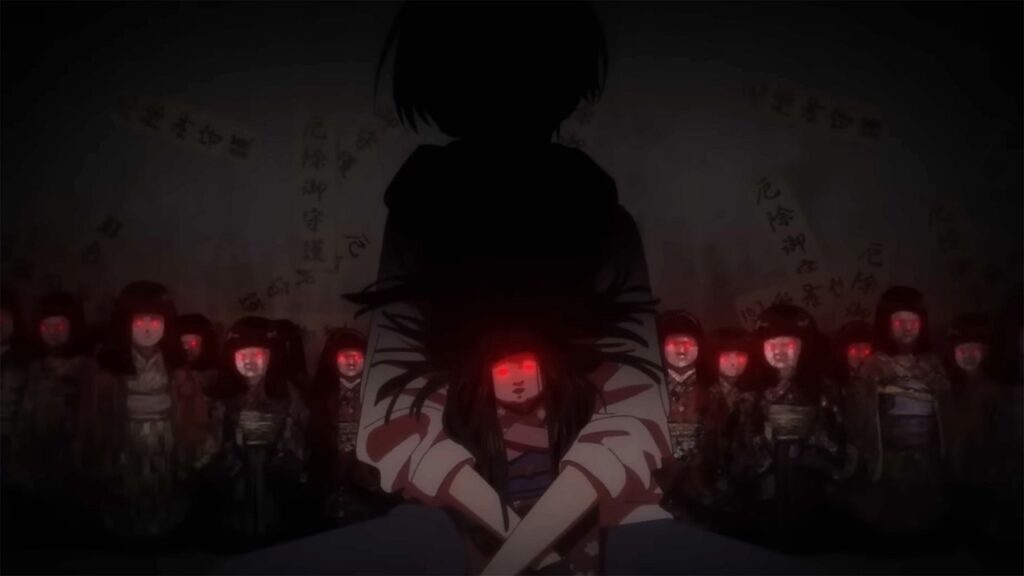
Mononoke
Mononoke is a term that specifically refers to spirits of malicious intent, or more specifically, spirits that possess individuals to make them suffer.
Similar to how yokai were born in folklore to explain various occurrences, mononoke were likely born to explain various human suffering.
Disease, death, and unexplainable anger are often blamed on mononoke in folklore because, well, back in the day you couldn’t see a virus or explain mental illness.
Mononoke are said to be born from onryo. Onryo are the vengeful spirits of humans who have died and angrily possess a living person to perform a curse on them.
Mononoke in Anime:
- Mononoke
- Dark Gathering
- The Morose Mononokean
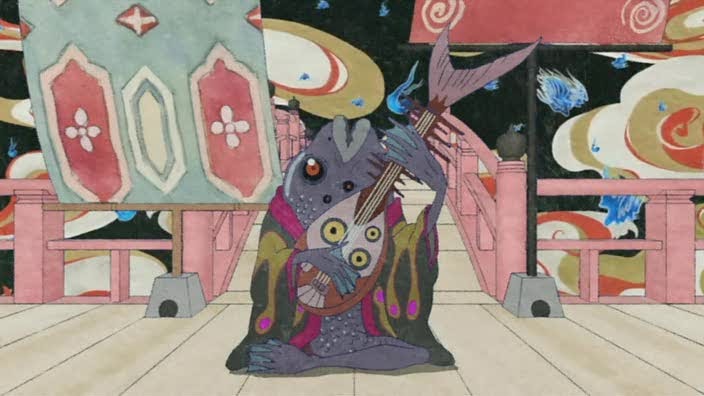
Ayakashi
Ayakashi are, by definition, very similar to mononoke. The key difference is that an ayakashi is an entity that appears over water or near it. It is said that they are born from the spirits of those who died at sea and wish to draw others into a similar fate.
Now, you may be thinking back to many of the anime that use ayakashi as the term for its enemies and think, “Wow, those have nothing to do with water, at all.”
This is because ayakashi has two meanings, depending on which kanji it is using. There is the traditional definition from folklore above and the definition specific to the Noh theater. Ayakashi in anime often uses the latter.
The Noh theater definition of ayakashi is a combination of the terms Ayaka (strange) and Shi (warrior). Noh theater has a specific name for all their masks which they use for various roles. As such, ayakashi is the name given to the male Noh mask used for more malicious roles like a violent god or a ghost.
You will most often find ayakashi in anime as a cover-all term for malicious enemies that aren’t specific to any folklore. They needed an enemy for the characters to fight, they didn’t want to stick to folklore, and in conclusion, the Noh theater definition of ayakashi is a fitting, recognizable-to-Japanese-audiences term for a malicious enemy.
Ayakashi in Anime:
- Ayakashi: Japanese Classic Horror (Interestingly enough, the short stories within are Kabuki theater tales and not Noh theater ones)
- Kekkaishi
- Noragami
- Omamori Himari
- Mononoke (The Umibozu arc is the only depiction of a traditional water-based ayakashi that I can recall)
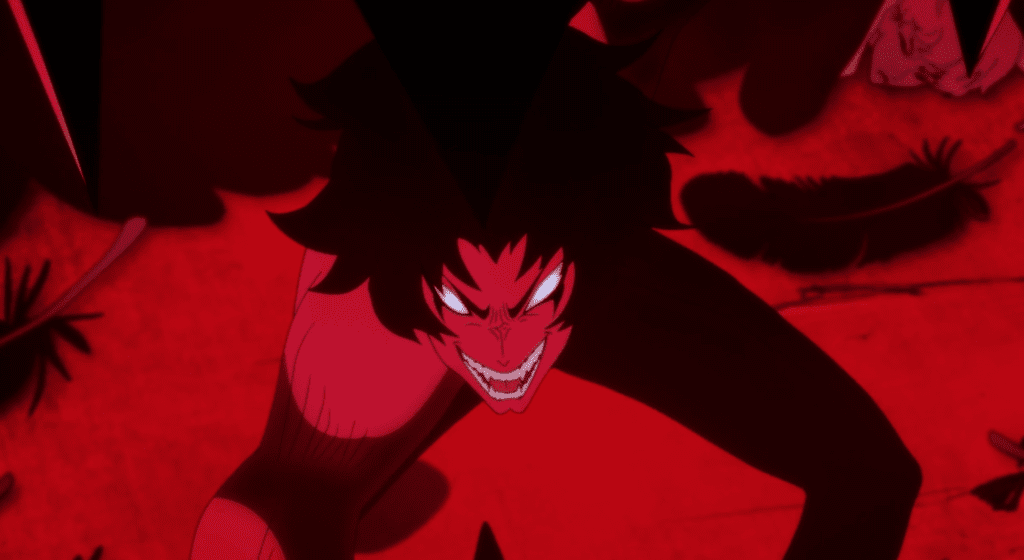
Akuma
While most people confuse akuma with oni yokai due to the titular Street Fighter character, akuma is actually the term most often used for more Christian-type demons. The types of demons with red horns and spiky tales, like Satan is often presented as.
Usually you will find akuma to be used to describe anything with physical form and malicious intent, such as various demons that come from Hell or any sort of underworld.
While akuma was used after the introduction of Christianity to Japan to describe Christian demons, the word had been used since well before that. They were considered sword-wielding spirits of fire that brought destruction and misfortune. This means that they were just another type of malicious yokai in folklore, though they are defined differently today.
Akuma in Anime:
- Akuma-kun
- Devilman Crybaby
- You’re Being Summoned, Azazel
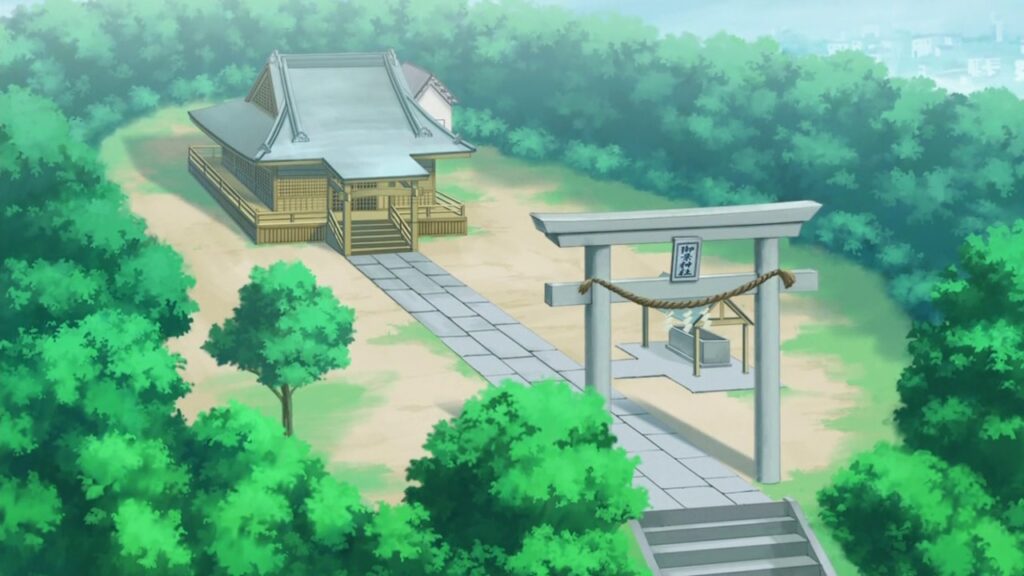
Mitama / Ara-Mitama / Nigi-Mitama
Mitama refers to the spirit of a god. As I mentioned with yokai, a lot of yokai sprang from the polytheistic belief of Shintoism that everything in nature has a god that oversees it. In fact, it is theorized that many yokai came from being mitama who didn’t have a specific purpose or receive worship, thus became mischievous. This is also given credence since some yokai are considered to be regional deities.
Mitama refers to the overall spirit of a particular god. The ara-mitama is their wild and active side while the nigi-mitama is their calm side that provides blessings.
For more major gods in the Shinto parthenon, you may find different shrines worship the different faces of their mitama. The idea is that the people seek blessings at the nigi-mitama shrine to keep the status quo or receive blessings while making offerings at the ara-mitama shrine to calm the kami down in times where they appear to be acting out. Alternatively, because ara-mitama is the active side of the god, one might make offerings there when they seek change in the aspect that the god rules over.
For most smaller kami, their ara-mitama side will be pacified by the proper rituals and they will become nigi-mitama, enshrined and worshiped by the people.
Mitama in Anime:
- Ayaka – A Story of Bonds and Wounds
- Mushishi (They are called Mushi, but essentially are a fusion of mitama and yokai in how they effect the world)
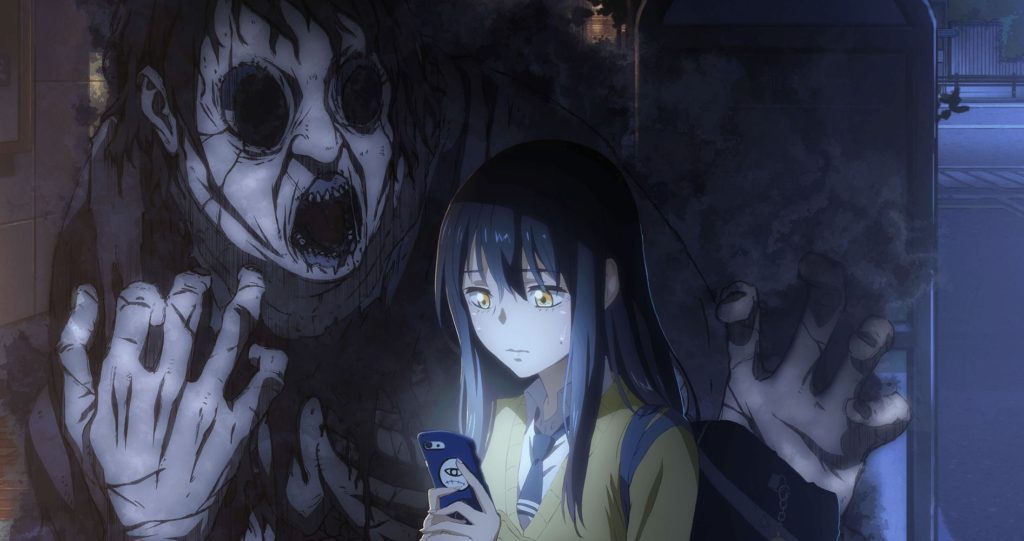
Yurei
While a mononoke is a close cousin, a yurei is most akin to the Western idea of a ghost, wraith, or other translucent, malicious spirit.
Unlike a mononoke that is born from the vengeful soul of a dead person who then possesses others, a yurei is born from the soul of a person who died a sudden, violent death and did not receive reikon, which are Japanese funeral rites.
Without reikon, the spirit is influenced by their powerful emotions that allow them to manifest in the physical world as a yurei that that haunts an area and often tries to complete what they were thinking of shortly before death.
For example, a person hit by a car and killed while going to pick someone up may haunt that stretch of road trying to get where they were going as a yurei.
As with Western ghosts, yurei can also be put to rest by performing the missing reikon ritual and/or resolving the emotions that kept them attached to this plane.
Yurei in Anime:
- Ghost Hunt
- Toilet-Bound Hanako-kun
- Dusk Maiden of Amnesia
- Mieruko-chan
- Dark Gathering
I am no means any sort of authority on Japanese folklore or the nuances of the Japanese language, but I hope this large amount of research I put in provided at least a little bit more clarity to the finer differences between these common Japanese terms for the supernatural. If you have more to add for clarity, leave a comment down below.
